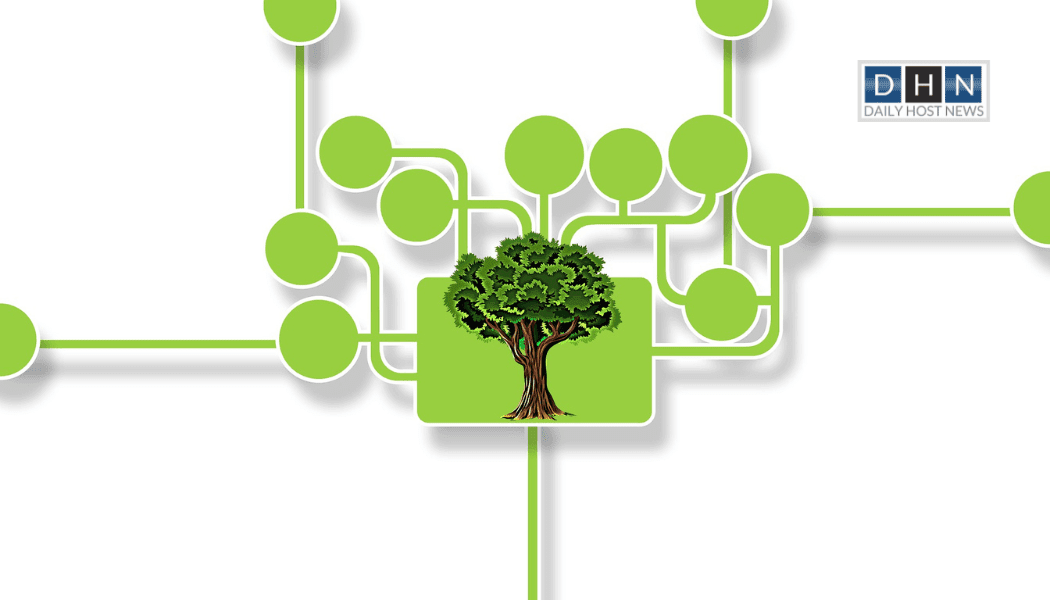Climate change is happening more and more. Regulations are getting stricter, and people are investing in environmental, social, and governance (ESG) assets. This means that organizations are looking for ways to become more sustainable. But it can be hard to record and report on progress. You need data-driven solutions to do this at a large scale. To help organizations around the globe unify sustainability data intelligence and easily track and reduce the environmental footprint of their operations and value chains, Microsoft has added more ESG capabilities to the Microsoft Cloud for Sustainability.
Microsoft created Microsoft Cloud for Sustainability to help other companies speed up their efforts to be more sustainable. This platform helps companies reduce their environmental impact. It continues to add features and update the platform with the support of Microsoft partners.
Calculation methodology for Scope 3 emissions
Microsoft Sustainability Manager enables organizations to store and report emissions data across Scopes 1 and 2 and hard-to-track Scope 3 indirect value chain emissions which account for a disproportionate share of most organizations’ footprints. The solution includes prebuilt calculation methodologies for Scopes 1 and 2 and over half of the 15 categories of Scope 3 including Category 5: Waste generated in operations; Category 8: Upstream leased assets; Category 13: Downstream leased assets.
With this solution, Microsoft enables organizations to ingest waste data, track waste partners, track disposal methods and materials, and thereby make required calculations based on out-of-the-box or tailored models.
Customers can track any emissions that come from their leased facilities or assets. They can calculate the emissions according to what activities happened and set goals for reducing future emissions.
Capabilities for usability, security, goal tracking
The Microsoft Sustainability Manager now has new features that improve usability, security, goal tracking, and more. New features include enhanced user role assignment and access management capabilities, as well as improved error handling with more actionable error messages. You can use a new deep analysis page to better understand emissions by comparing monthly performance from one year to the next and drilling down into emissions sources and activities by organizational unit, to six levels deep. Scorecards and goals can now have subgoals, and you can set time limits for whether a goal is on track or at risk.
Expanded data model for tracking water data
The publicly available Microsoft Cloud for Sustainability data model has been updated to enable the addition of custom entities, ingesting unique attributes such as leaked emissions from a lab or emissions due to electrified fleet modernization. This will help customers tailor calculations to address their unique business needs. Microsoft has expanded the Microsoft Cloud for Sustainability data model schema for water data as well as carbon emissions data.
Updated Emissions Impact Dashboard for Microsoft Azure
The Emissions Impact Dashboard for Microsoft 365, which is generally available, helps organizations quantify emissions related to using Microsoft 365 core services. Microsoft has updated the Emissions Impact Dashboard for Microsoft Azure. It enables Microsoft customers to view and analyze Scope 1, 2, and 3 emissions generated by Microsoft depending on their use of Microsoft Azure cloud services. The new visualizations make it easy for customers to view reports on carbon emissions, cloud usage, and carbon intensity based on Azure subscription, Azure service, and Azure region. It also makes it easier to interpret information and prepare reports while reducing the size of data exports.
End-to-end ESG asset lifecycle tracking
Voluntary environmental markets, including carbon markets, are having trouble growing and scaling to meet the increasing demand for environmentally friendly products like carbon credits, as they work towards becoming net zero. With Environmental Credit Service, Microsoft aims to overcome these challenges with a common infrastructure that will optimize the supply ecosystem. The service will decrease time to market while increasing the quality and quantity of credits by automating, simplifying, and better securing the lifecycle processes used by ecological project owners, verifiers, and registries. This will give credit purchasers more confidence and fuel marketplace momentum.
Read next: Oracle partner Inoapps acquires US-based Oracle services specialist Tier1








